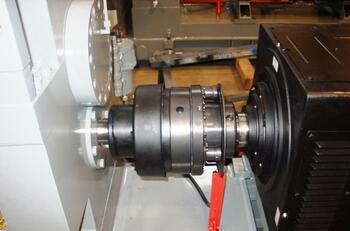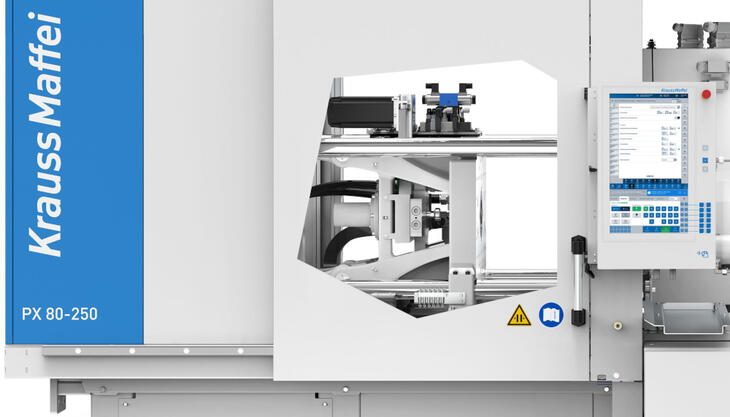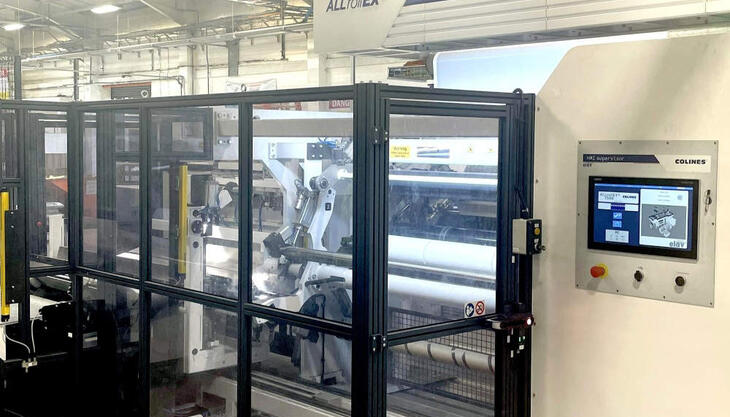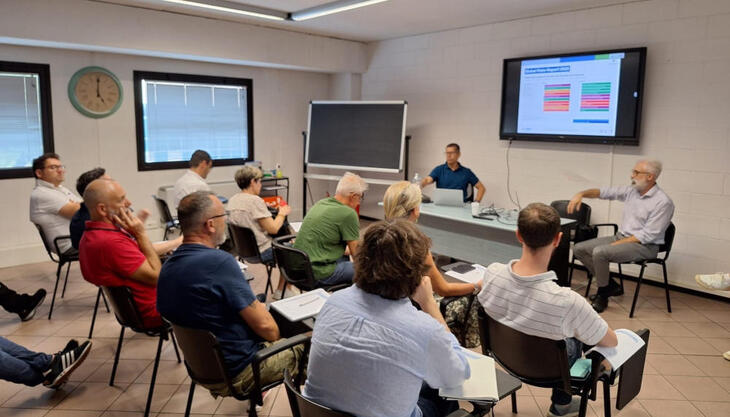Respecting the torque and speed limits

The EBC90HT and EBC108HT co-rotating twin screw extruders recently developed by Comac for the production of thermoplastic compounds are capable of handling extremely high volumes with excellent performance levels. This is thanks to the screws having optimized profiles to assure high blending capacity and mounted on scrap-less machined axes. The machines also feature innovative cooling systems that are easy to clean, as well as gearboxes capable of guaranteeing up to 50 thousand hours of continuous operation, touchscreen control panels available with connection devices to other machines and a motor specially calibrated for operating within the pre-established torque and mechanical speed limits.
In order to remain within these limits, the extruders require the use of joints that transmit the torque between the motor and twin screw unit gearbox, limiting the maximum transmittable torque value in order to avoid any overloads that could damage the line. In the event that the value is exceeded, the motor needs to immediately detach itself from the gearbox, rotating freely until the elimination of the cause that generated the overload, and subsequent resetting.
So that the manufacturer has adopted R+W joints and torque limiters, in particular ST2/10 keyed joints, suitable for connection between two coaxial shafts. ST joints being particularly suited to overload protection in extruders, permitting the dampening of vibrations and impact and dis-alignment compensation. They are adjustable and can be used over a large calibration range and complete with activator ring and electromechanical sensor in order to halt the extruder motor in the event that the maximum admissible torque is exceeded. They are both simple and compact, and assure total detachment in the event of any overload whilst at the same time assuring rapid and easy resetting, without requiring the use of any special equipment.
The compactness of these joints being particularly appreciated in relation to its performance levels, transmittable torque order and shaft diameter dimensions. The disconnection feature being particularly practical as it allows the motor to rotate in dry cycle during the start up stage.



















